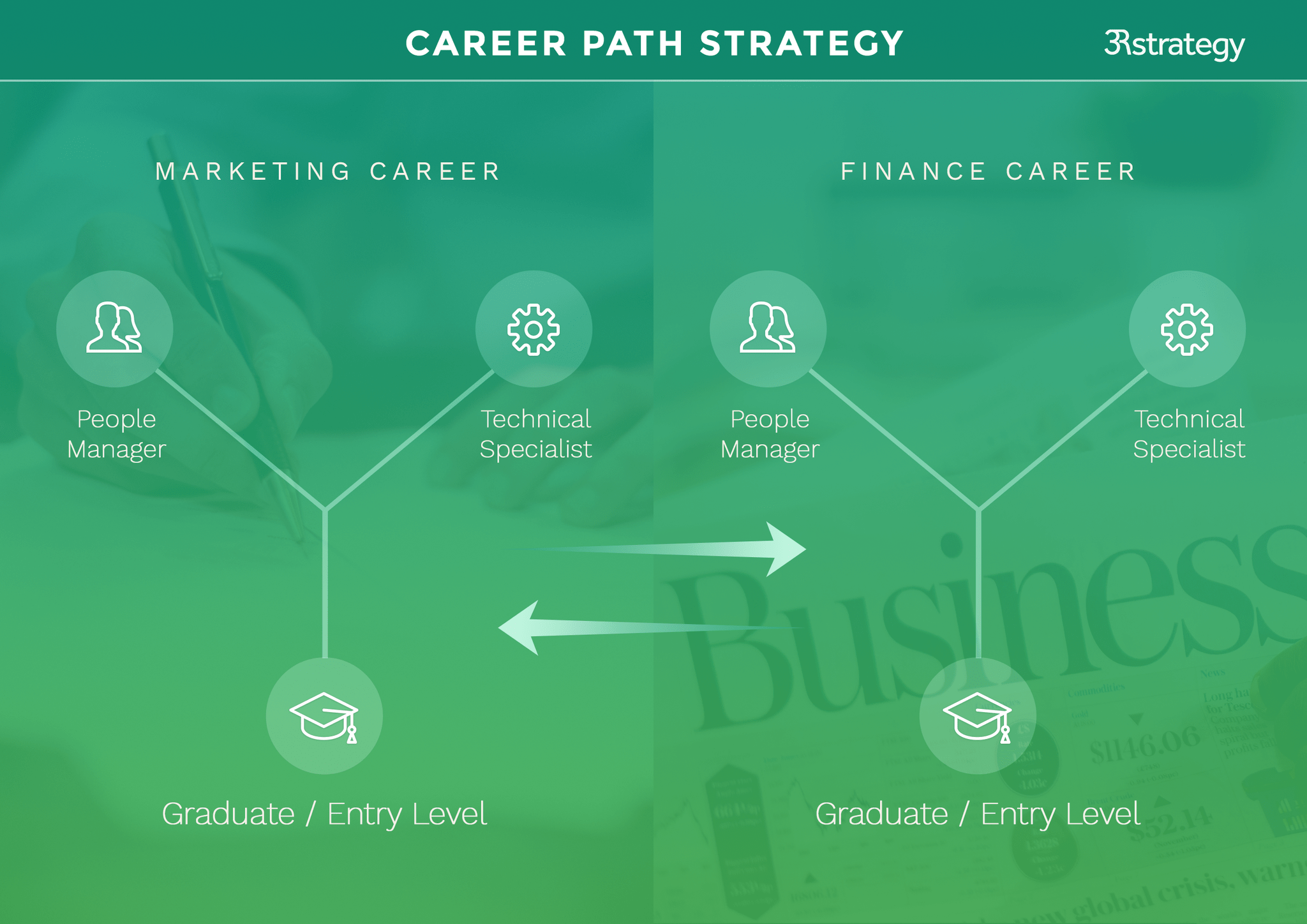Career development is a hot topic. In organisations with little opportunity for career progression, high performers will often choose to leave – much to the detriment of the business. So how can organisations make the most of career pathways to hold onto their best employees?
What are career pathways?
Career pathways are used to identify and support employee development opportunities, as well as addressing the capabilities required to support an organisation’s business strategy.
Historically, career pathways have been defined as vertical career progression within a structured hierarchy of roles, each one carrying more responsibility. But with today’s changing workforce, career pathways are evolving into a series of developmental opportunities offering various forms of career movement, both vertical and lateral, to encompass new skills, experiences and perspectives.
The pitfalls of unwanted leadership
Increasingly, organisations are taking a new approach: identifying dual career paths that distinguish between individual contributors and roles that require people management skills.
Organisations recruit people for certain skills and capabilities and if they perform well, they are promoted. As individuals move up the career ladder, they may find themselves managing a team. These decisions are often made because people are good at their jobs – not necessarily because they have good leadership or people management skills.
Forcing individuals into leadership roles alienates two groups of people:
- Employees who have no desire to take on people management responsibility but see it as the only route to progression
- High performers who are technically skilled but lack emotional intelligence and the ability to manage others
Clarity is key
Whether an organisation develops dual career paths or shifts focus to offer more developmental opportunities, it’s important to have a clear career planning strategy. This should include:
- Establishing a link between roles and business goals
- Defining behaviours – not just ‘what’ but ‘how’
- Emphasising long-term organisational fit vs. short-term need
- Providing employees with clarity around career development opportunities
- Ensuring that anyone placed in a people management role is given adequate support and leadership training before they start
Related Topics
How to Develop a Reward and Career Progression
Read next: Three top tips to reduce employee turnover and increase engagement

